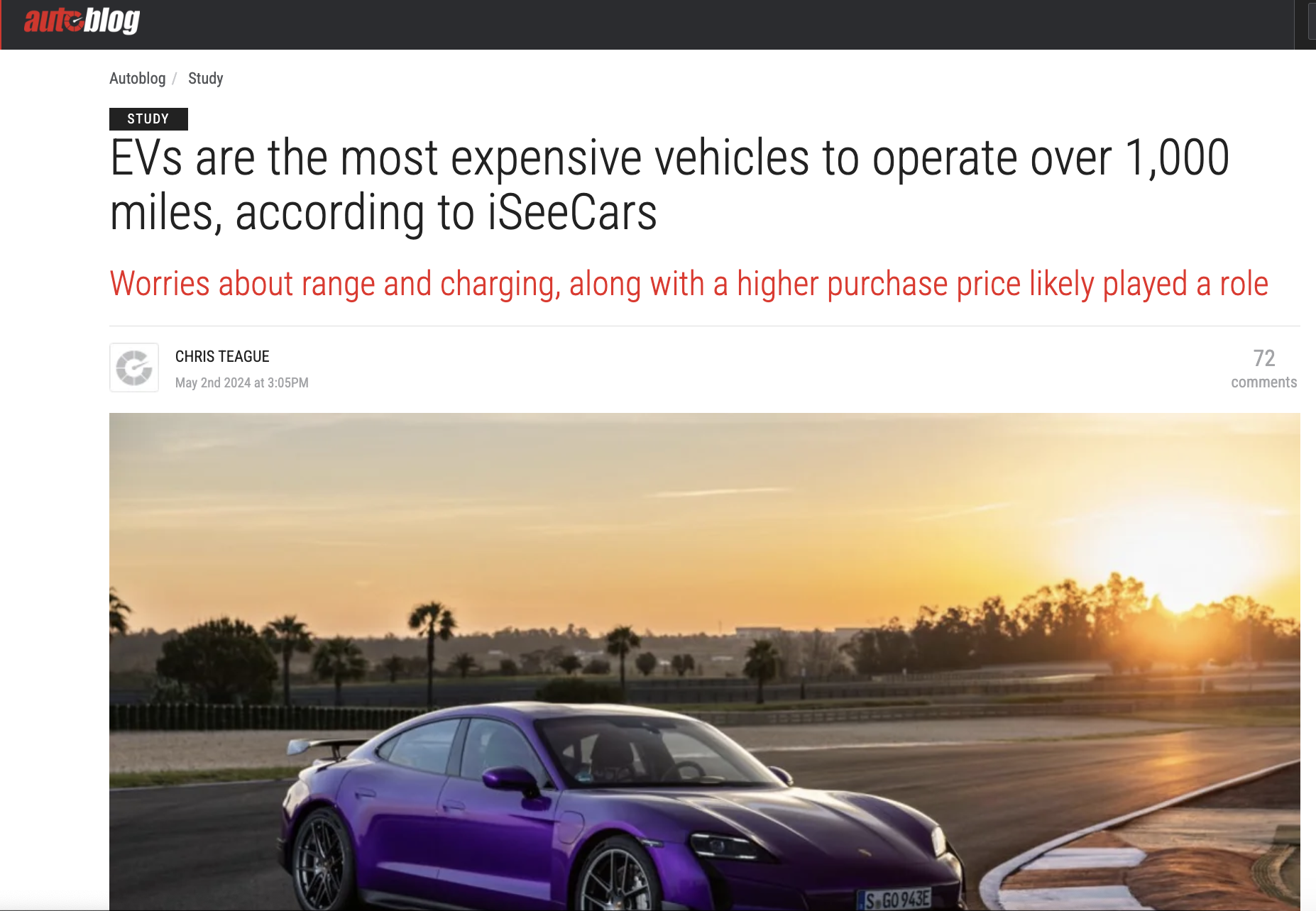https://www.cfact.org/2020/01/28/hypocrites-preaching-green/
If you don’t know who Tom Steyer is, you should. He’s the guy riding in the internal combustion powered limousine that drops Al Gore off at his speaking engagements.
Mr. Steyer, a billionaire former hedge fund manager, who has become the most influential environmentalist in American politics, made his billions from the coal-related projects his firm bankrolled that have and will generate tens of millions of tons of carbon pollution for years, if not decades, to come.
His former firm Farallon, was appropriately named after a shark-infested shoal on the California coast, and it quickly earned a reputation for take-no-prisoners investing, raking in millions, and eventually billions. For more than 15 years, Mr. Steyer’s fund, Farallon Capital Management, pumped hundreds of millions of dollars into companies that operate coal mines and coal-fired power plants from Indonesia to China:
Farallon invested in a subsidiary of Indiabulls, an Indian financial conglomerate, in 2008, just as the subsidiary began expanding into coal-fired power. Two years later, Indiabulls began construction on two massive coal-fired power plants: the 2,700-megawatt Amravati plant in central India and the 1,350-megawatt Nasik plant outside Mumbai. When completed, Amravati is expected to be one of the largest coal-fired power plants in India locking in decades of carbon pollution.
In 2007, Farallon provided funds for the sale of Meiya Power, an electric utility that operates four large coal-fired power plants, which collectively produce about 7,000 megawatts of power. Combined, the completed Indiabulls and Meiya plants will produce about 60 million tons of carbon pollution a year.
The expected life span of those facilities, some of which may run through 2030, could cloud the credibility of Mr. Steyer’s clean-energy stance.
Today, it is appalling that Steyer is using his emissions profits to fund his image as the “environmental savior” to combat climate change. It is basically hypocritical to claim oneself a great environmentalist while investing in the very same technologies you rail against. Steyer’s shark instincts are now securing a wealth of investor funds from those who believe and support his green messages.
For electricity generation, green is good, but Steyer and his buddies Bernie Sanders and Mike Bloomberg are tight lipped about the extensive land required for the intermittent electricity from wind turbines and solar panel farms and where to place them for maximum exposure to sun and wind year- round. The land acquisitions necessary to pull that off are nightmares waiting to happen. T
hen, its only intermittent electricity when the sun is shining, and the wind is blowing.
Steyer and his buddies are shockingly unaware that oil and gas is not just an American business with its 135 refineries in the U.S., but an international industry with more than 700 refineries worldwide that supply oil products and fuels to the world. Without the U.S refineries our country would become a national security risk being dependent on foreign countries for our existence.
With the winter weather most of the country has endured this year, going green would have resulted in a very dark America with numerous weather-related deaths from exposure to the elements because of no electricity.
Green is good, but Steyer and his followers have yet to propose replacements for the products from deep earth fuels that contribute to ALL medications, electronic components, air travel, shipping, transportation, and commerce.
Steyer, Bernie Sanders and Mike Bloomberg have yet to provide substitutes for the economies around the world that are directly connected to the prosperity of energy dense deep earth minerals and fuels that support the following infrastructures that benefit from the thousands of products that move things around the world.
-
Medications, vaccines, antibiotics, and medical equipment that are all made with the derivatives from petroleum.
-
Electronics that are all made with the derivatives from petroleum.
-
Commercial aviation, with 23,000 commercial airplanes worldwide that has been accommodating 4 billion passenger annually.
-
Cruise liners, each of which consumes 80,000 gallons of fuels daily, that have been accommodating more than 25 million passengers annually worldwide.
-
The USA has 98 operating nuclear power reactors in 30 states providing 20% of carbon free electricity in the USA.
-
The 52,000 merchant ships burning more than 120 million gallons a day of high sulfur bunker fuel (soon to be converted to diesel fuel to reduce sulfur emissions) moving products worldwide worth billions of dollars daily.
-
The military presence that protects each country from each other, is increasing each year to save the world.
-
Usage of fertilizers that accommodates growth of much of the food that feeds billions annually.
-
More than 8,000 coal power plants in America providing continuous electricity to citizens.
-
Vehicle manufacturing as all parts are based on the chemical and by-products from fossil fuels.
-
The usage of asphalt for road construction.
Again, green electricity is a good idea, but the inefficiencies of those renewables, and the huge subsidies required to move in that direction negatively affect the consumer. Like Germany, America’s renewables are becoming an increasing share in electricity generation, but at a HIGH COST. In California alone, intermittent electricity from low power density renewables has contributed to California household users paying more than 50% and industrial users paying more than 100% above the national average for electricity and may be very contributory to America’s growing homelessness and poverty populations.
Despite the debut of 45 pure electric and plug-in hybrids in the United States last year, only 325,000 plug-in passenger vehicles were sold, down 6.8% from 349,000 in 2018, according to Edmunds. That is just 2% of the 17 million vehicles of all types sold in the United States in 2019. Tom Steyer’s advocating that electric vehicles will replace every other vehicle on the road is far-fetched.
Until they figure out how to power a 4500 pound Maybach with bulletproof windows and panels all around that can cold start on a dime and get out of harm’s way when a diplomat needs to exit a venue post haste, the intermittent electricity and lithium powered vehicle market will always only be a niche market.
Author
 Ronald Stein
Ronald Stein
Ron Stein is an engineer who, drawing upon 25 years of project management and business development experience, launched PTS Advance in 1995. He is an author, engineer, and energy expert who writes frequently on issues of energy and economics.




